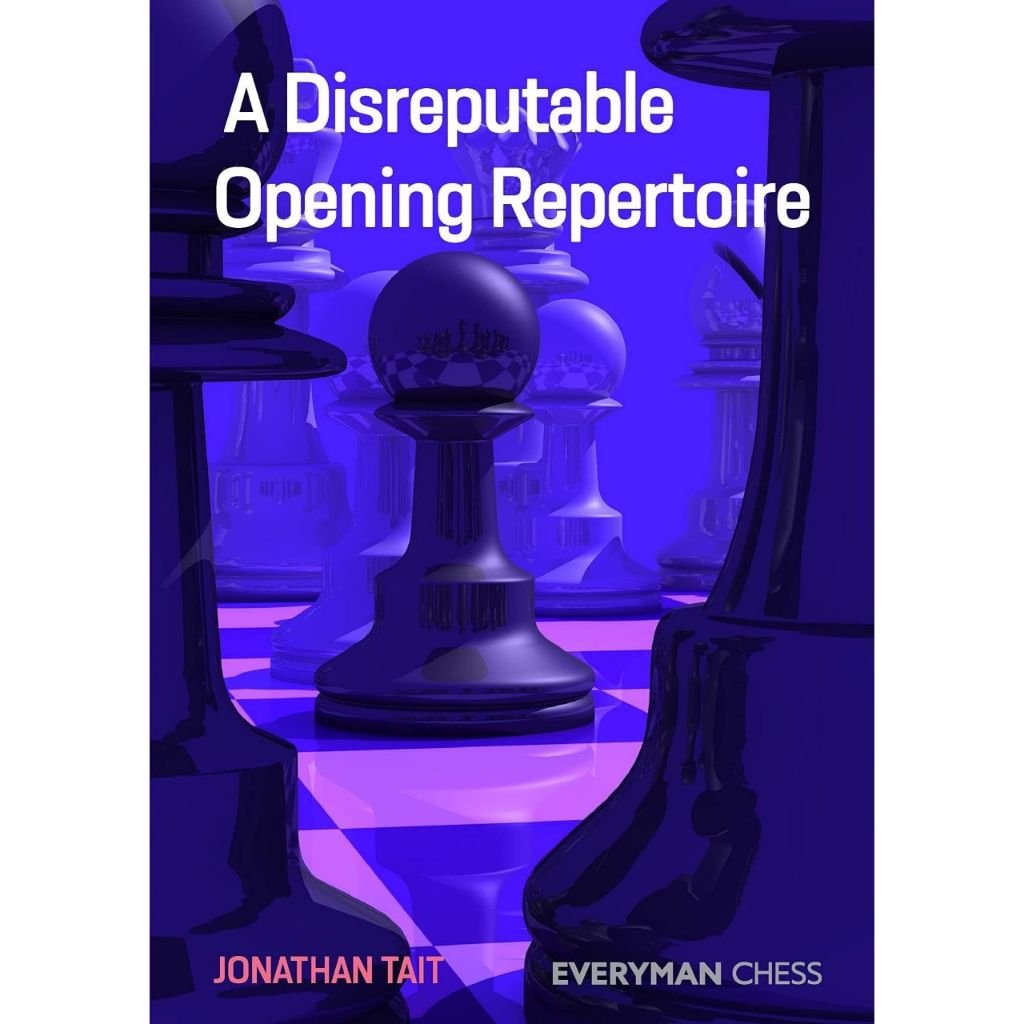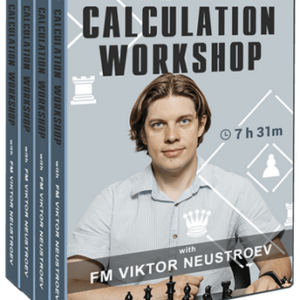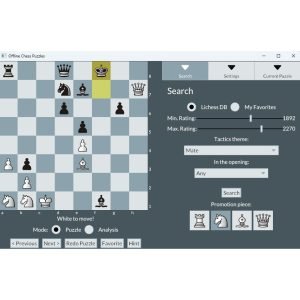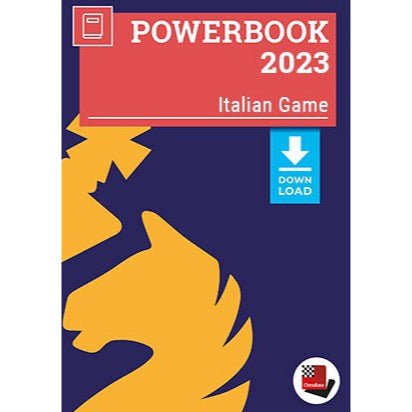Play the Hyper-Accelerated Dragon – Part 1 by IM Siegfried Baumegger Modern Chess
Original price was: $ 100.$ 3Current price is: $ 3.
OFF - 97%10000 in stock

Description
Reviews (1)
Description
We are pleased to announce a fascinating course by IM Siegfried Baumegger – Play the Hyper-Accelerated Dragon – Part 1. The idea of this project (featuring three courses) is to provide you with a complete repertoire for Black based on 1.e4 c5 2.Nf3 g6

The current course builds reliable repertoire for Black against the so-called Maroczy Bind arising after 3.c4 Nc6 4.d4 cxd4 5.Nxd4, or 3.d4 cxd4 4.Nxd4 Nc6 5.c4. Understanding the Maroczy structure is crucial for every chess player who is aiming at high results.
Here is how the author introduces the Maroczy Structure:

We have reached the starting position of the so-called Maroczy Bind. The characteristic structure with pawns on e4 and c4 offers White a spatial advantage and makes it difficult for Black to carry out the pawn advances …b7-b5 and… d7-d5. Furthermore, square d5 becomes a powerful outpost for White’s knight.
Black’s chances are mainly associated with organising counterplay on the dark squares (slightly weakened by the move c4) and preparing one of the pawn thrusts, …b5, …d5, or …f5.
We often get a tough strategic fight, where positional understanding plays an essential role. Once the player with the Black pieces is familiar with the typical positional and tactical motifs, he can successfully play this system. There are a few must-know theoretical lines, but less than in other variations of the Sicilian Defence.
The best strategy often consists of patiently improving the position and waiting for the right moment to get active. This also applies to the player with the white pieces: a premature attack may quickly turn a position with a formidable space advantage into an overextended one.
The material in this course is divided into three sections: Typical Positions, Theory, Tests
Typical Positions
For a start, the author offers 12 instructive positions for study. He encourages you to check them out before going into the theory!
1) Positions after White plays Nd5 – the structure with cxd5
2) Positions after White plays Nd5 – the structure with exd5
3) The lever …b5
4) Various motifs
Theory
The theoretical chapters will provide you with concrete knowledge so that you can complete your repertoire. You will see how the typical ideas that you have learned from the previous section will help you to better understand the theoretical lines. Additionally, in his analysis, IM Baumegger proves that Black’s setup is objectively correct.
Reviews (1)
1 review for Play the Hyper-Accelerated Dragon – Part 1 by IM Siegfried Baumegger Modern Chess
Leave a Reply











Liam (verified owner) –
Even when one of my opponents didn’t follow theory, which often happens with beginners,